Off-roading with the new Toyota Land Cruiser

To the casual observer, the Toyota Land Cruiser is an automotive anachronism, a craggy island adrift from mainstream thinking about the evolution of car design. The current car – seen here – dates from around 2009 although it received a substantial tech and styling update in 2018. How does it match up with the fiercely competitive big SUV sector? The Land Cruiser model has been around in one form or another for over 60 years. Originally launched in the early 1950s as a naked imitation of the wartime American Jeep, the Land Cruiser has slowly evolved into one of the most venerable of all motor cars, unbreakable and unstoppable.
These qualities are obviously important in the Australian Outback or sub-Saharan Africa, but perhaps less so when it comes to everyday roads. It might not have escaped your notice that the SUV boom shows no sign of abating and practically every manufacturer has a high-riding model on their books. But while most SUVs and crossovers are becoming more car-like and civilised in their driving style and appearance, the Land Cruiser has remained steadfastly old fashioned.
The earliest models have now earned their retro chic, with companies like ICON in LA restoring them to levels of industrial design perfection that far exceed their original quality. With the best will in the world, there’s nothing especially attractive about the current car. It is upright, bluff, and uncompromising, all the better for forging rivers, rambling across the savanna and tackling steep gradients. While other marques use the imposing scale of SUVs to convey a sense of grandeur and status, a Land Cruiser is rather more modest, if only because it implies a certain insouciance on the part of the owner about things like brands and style.
Inside, there are more updates, with a thin veneer of technology over the underpinnings of pure tradition. It all works as you’d expect, with touchscreen infotainment and plenty of buttons, knobs and dials – this is not the realm of glassy digital dashboards. A new 4-cylinder diesel engine delivers ample but languorous performance, with a bunch of dedicated off-road transmission controls to dig you out of the deepest bog. Toyota undeniably has the nous to build for the future – over four million Priuses (Priuii?) has given the company an unparalleled technical advantage. It is also ploughing money into hydrogen fuel cell technology, compact electric city cars, robotics and even flying cars.
But the Land Cruiser is about building for the future in a very different way, a car designed to survive and soldier on, outliving obsolescence and relentless updates. It is the kind of car that sits around on a country estate like an old retainer, bought new but lasting out the generations. These are rare qualities in modern industrial design and as such should be celebrated.

INFORMATION
Toyota Land Cruiser, from £52,855. For more information, visit the Toyata website
Receive our daily digest of inspiration, escapism and design stories from around the world direct to your inbox.
Jonathan Bell has written for Wallpaper* magazine since 1999, covering everything from architecture and transport design to books, tech and graphic design. He is now the magazine’s Transport and Technology Editor. Jonathan has written and edited 15 books, including Concept Car Design, 21st Century House, and The New Modern House. He is also the host of Wallpaper’s first podcast.
-
 The new Tudor Ranger watches master perfectly executed simplicity
The new Tudor Ranger watches master perfectly executed simplicityThe Tudor Ranger watches look back to the 1960s for a clean and legible design
-
 This late-night hangout brings back 1970s glam to LA’s Sunset Boulevard
This late-night hangout brings back 1970s glam to LA’s Sunset BoulevardGalerie On Sunset is primed for strong drinks, shared plates, live music, and long nights
-
 How Memphis developed from an informal gathering of restless creatives into one of design's most influential movements
How Memphis developed from an informal gathering of restless creatives into one of design's most influential movementsEverything you want to know about Memphis Design, from its history to its leading figures to the pieces to know (and buy)
-
 You can now buy Toyota’s robotised micro-bus, with more autonomy coming soon
You can now buy Toyota’s robotised micro-bus, with more autonomy coming soonThe Toyota e-Palette is the urban transport of the future, a multifunctional autonomous vehicle designed to cover several roles in the same day
-
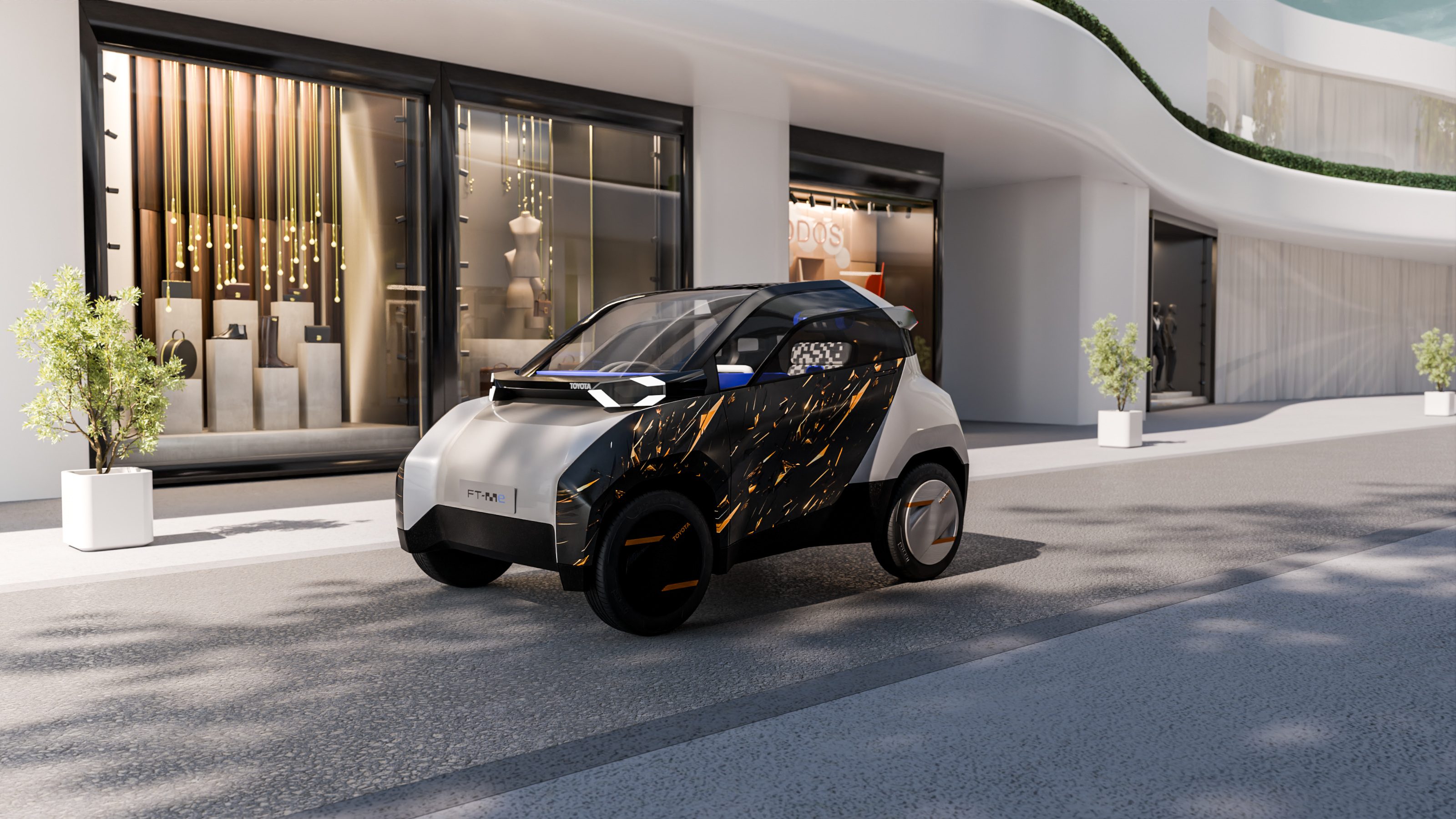 With the FT-Me Concept, Toyota is thinking big about the power of micromobility
With the FT-Me Concept, Toyota is thinking big about the power of micromobilityWe talk ultra-compact city cars with the head of New Mobility at Toyota Motor Europe
-
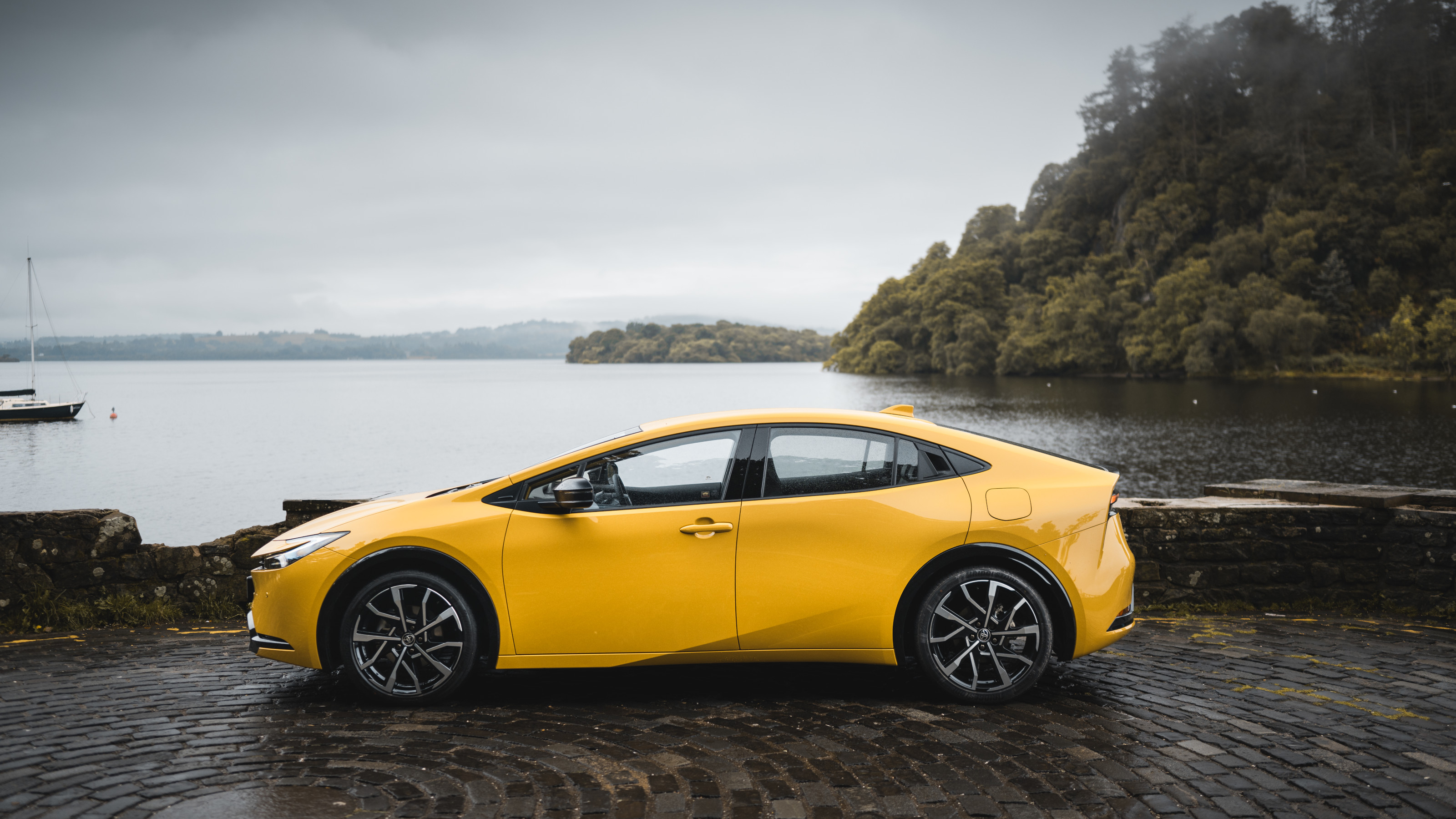 Why the Toyota Prius is the stealthiest and most discreet automotive choice you can make
Why the Toyota Prius is the stealthiest and most discreet automotive choice you can makeThe billions that Toyota poured into hybrid development has paid off. We sample the stylish fifth-generation Prius and reckon it’s the best yet
-
 Quirky but quotidian, Toyota’s C-HR has brave looks but is a risk-free proposition
Quirky but quotidian, Toyota’s C-HR has brave looks but is a risk-free propositionToyota’s oddball C-HR might have concept car looks, but it’s still a rigorously engineered machine for those who like their cars to be solid, safe and reliable
-
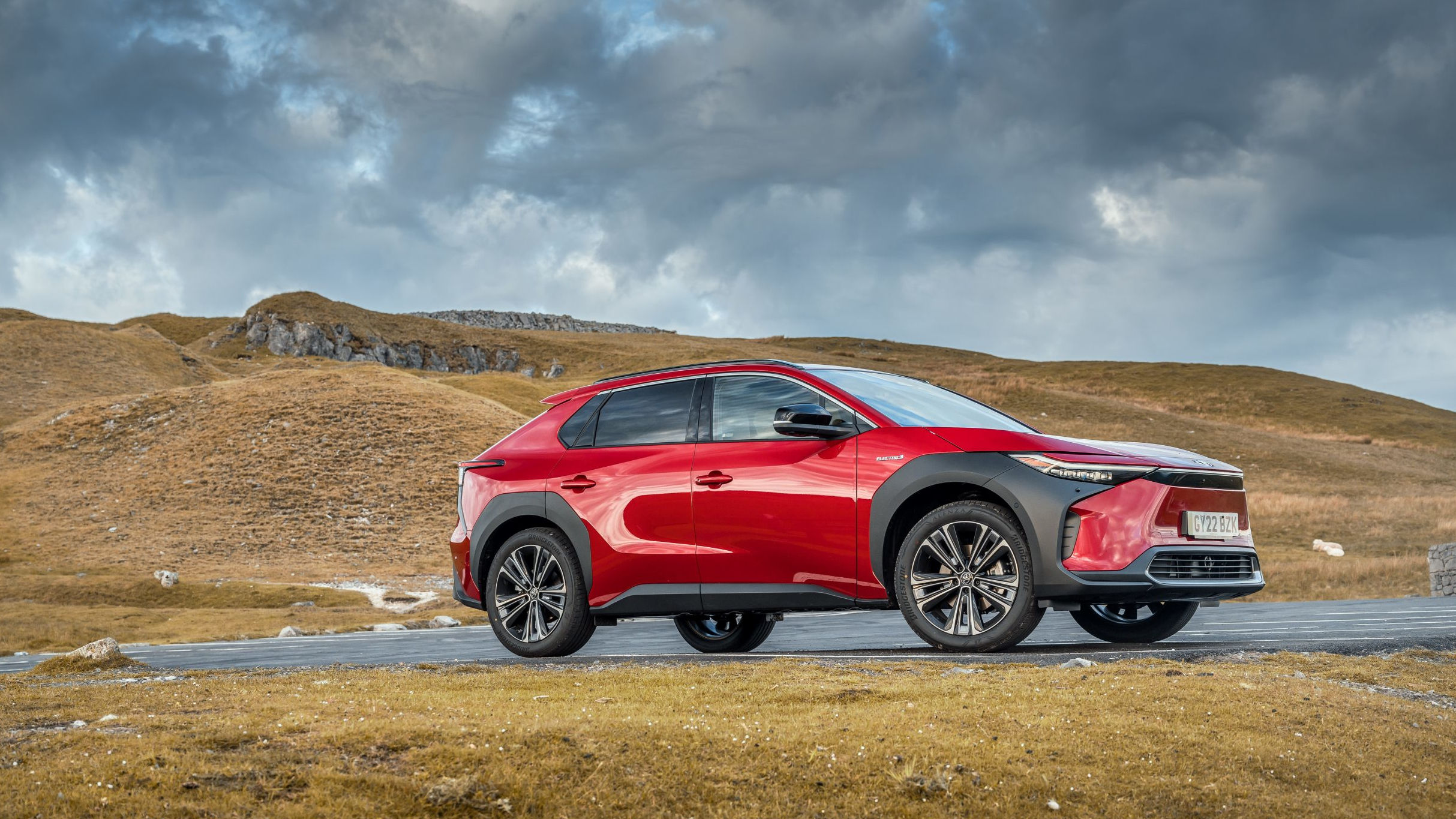 Toyota bz4X SUV is the marque’s first pure electric vehicle
Toyota bz4X SUV is the marque’s first pure electric vehicleThe Toyota bz4X is our first chance to explore how the long-standing masters of mass automobile production make an EV
-
 ICON celebrates 500 custom Land Cruisers with epic 1964 New School Edition
ICON celebrates 500 custom Land Cruisers with epic 1964 New School EditionLos Angeles-based ICON transforms classic off-roaders into paragons of contemporary style and performance. This is the 500th Land Cruiser the workshop has completed
-
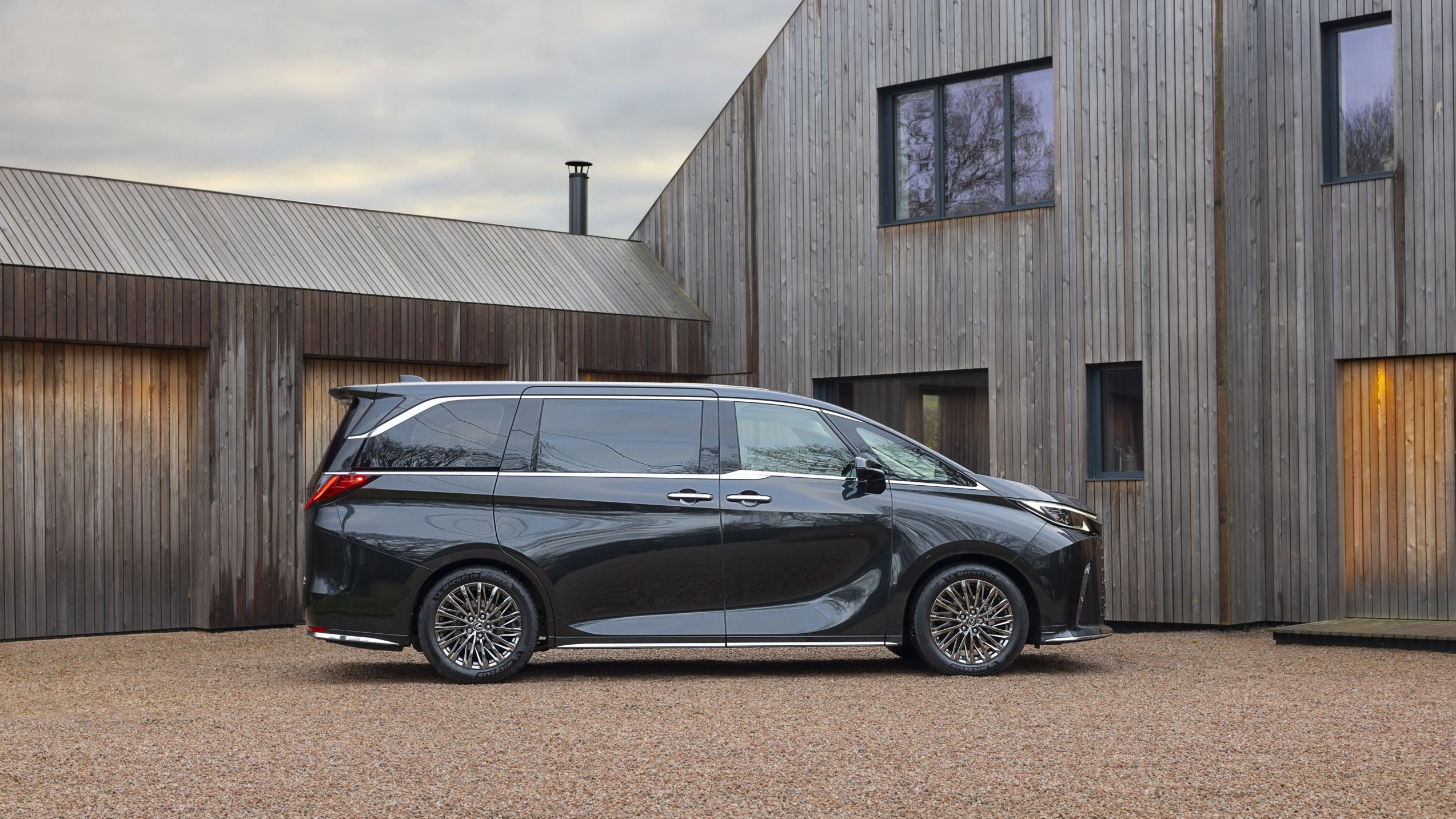 Lexus LM wants you to have the back-seat ride of your life
Lexus LM wants you to have the back-seat ride of your lifeThe back of the Lexus LM has the space, grace and accoutrements to rival a Rolls-Royce. Can this upscale minivan reinvent the luxury car?
-
 ICON transforms the humble Chevrolet Suburban into a minimalist monster
ICON transforms the humble Chevrolet Suburban into a minimalist monsterThe 1970 Reformer by ICON is low-riding reinterpretation of an old-school crossover, blending extreme custom performance with Miesian minimalism